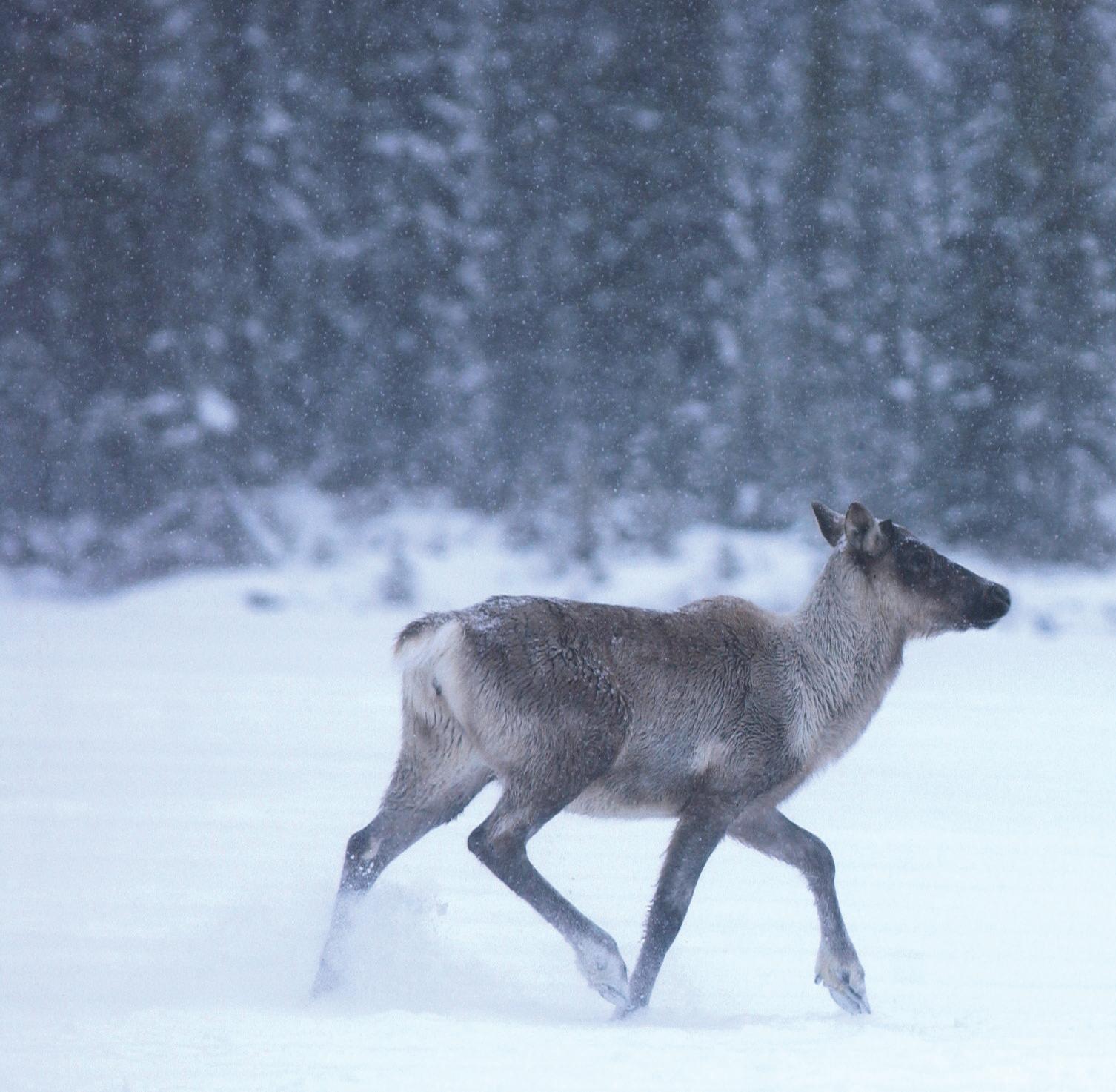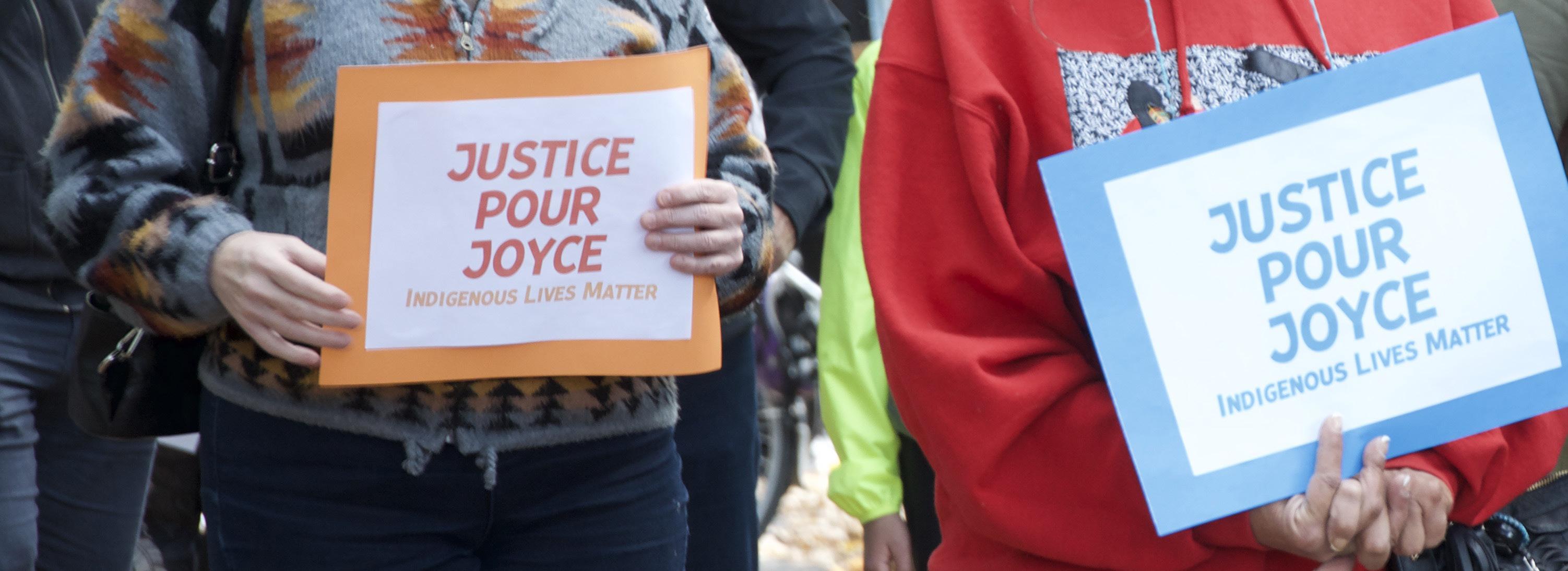
4 minute read
Becoming true partners
New guide helps First Nations navigate Impact Assessment Act by Patrick Quinn
In the past, Indigenous communities were largely excluded from major projects on their lands. But over the years, successful demands and court actions for collaboration and compensation from government and industry have changed the view of First Nations participation to an imperative rather than an impediment to development.
Advertisement
Passed into law in 2019, the federal Impact Assessment Act enables First Nations to become more involved in the decision-making process for proposed resource-extraction projects in their territories. Still, it is challenging to understand how to navigate these opportunities. A new technical guide and accompanying video series from the First Nations Major Projects Coalition (FNMPC) intends to simplify this engagement.
“If you don’t build bridges to those opportunities, are those real opportunities at all?” asked Trefor Smith, a regulatory consultant for the FNMPC. “Until there is real co-management of resources in the territory, you’re still going to have remnants of a colonial system. This new act doesn’t change that. The intention of the guide is to advocate for the most advantageous implementation from an Indigenous point of view.”
As it’s too early to determine how the new legislation will be implemented, the FNMPC is encouraging nations to become engaged wherever there are potential opportunities while identifying remaining ambiguity in the act’s wording. For instance, it’s still unclear who can become involved in an Impact Assessment Agency of Canada (IAA) process in terms of jurisdiction, authority and governance.
“Where there was opportunity for First Nations to get involved in, each of the phases was never made clear,” asserted FNMPC’s director of operations, Angel Ransom. “Providing space for some pre-planning to occur before a process is triggered helps address some of the initial concerns around the tight timelines. We’ve made it clearer where Indigenous nations can be involved as a true partner with better informed decisions.”
Founded in British Columbia five years ago, the FNMPC has about 60 First Nations members, largely in Western Canada. Before joining the coalition, Ransom was a “one-woman show”, striving to understand the long-term implications of five liquefied natural gas pipeline proposals simultaneously affecting her Nak’azdli Whut’en community.
Ransom says the coalition allows for Indigenous leadership from communities faced with “the chaos” that these projects can bring. “We’ve proven that working together gets Indigenous nations further ahead.”
The new guide provides key steps for effective involvement in impact assessment processes. It provides helpful charts to demonstrate potential entry points at various stages. The eight-part video series offers a more concise version of the 145-page document, including emotional testimonies from Indigenous leaders about the consequences of unchecked development.
While environmental assessments have been a required planning tool in Canada for over 40 years, Indigenous perspectives have gen- social assessment coordinator for the erally been relegated to the back- Cree Nation Government. “There will ground. The previous act adopted by be changes for other First Nations the Harper government in 2012 was but because of Cree treaty rights, particularly maligned for eliminating we always ensure any new law will environmental protection. be structured to accommodate this
The new legislation has drawn special context of project proposals criticism for exempting many projects in the territory.” from review and giving the new fed- Niskamoon environment director eral agency broad discretionary pow- Marc Dunn agreed, praising the foreers. Still, Trefor Smith notes that there sight of JBNQA negotiators to estabis now a mandatory requirement for lish the first environmental and social considering Indigenous knowledge assessment process in Canada, while and new openings for Indigenous-led securing Cree representation on joint studies and impact assessments. environmental boards. The Impact
The biggest change is the com- Assessment Act provides other First pulsory 180-day early planning phase, Nations without these treaty rights when the project proponent and additional support within the system. agency must engage with Indigenous “I’m unbelievably impressed by nations for input on the project design. what the Crees foresaw and negotiatThe FNMPC is analyzing governance ed 45 years ago,” Dunn said. “The bar structures and successful examples is so high with the JBNQA that legisof independent approaches. For lation still seems to be catching up.” example, the Squamish First Nation The Crees recent victory against recently undertook their own impact Strateco Resources’ uranium proassessment of an LNG project in their ject demonstrates the power of territory, providing recommendations the JBNQA. Two new lithium mine that the company agreed to. projects in Eeyou Istchee are cur-
“Communities where modern rently under review by the Impact treaties were signed have stronger Assessment Agency, which could levers for Indigenous-led assessment provide a test for the effectiveness processes,” Smith affirmed. “But of the new federal law – though the many have to be figured out through JBNQA will still be the final legal other means.” threshold.
Other aspects of the act grant “The thresholds haven’t changed, assessment authority to self-gov- so a new metal mine project in Eeyou erning First Nations, though not to Istchee would trigger Section 22 of the extent achieved by the Cree of the JBNQA but not the IAA,” LeBlanc Eeyou Istchee in the James Bay and explained. “Every time there’s a legisNorthern Quebec Agreement. lative change, the CNG ensures there
“This new act is very interesting in will still be special status for the Cree terms of more upstream involvement through consultation and representafor First Nations across Canada in the tion, to make sure it respects the planning of impact assessment,” said spirit of the JBNQA.” Kelly LeBlanc, environmental and www.nationnews.ca December 4, 2020 the Nation 7the Nation 7









